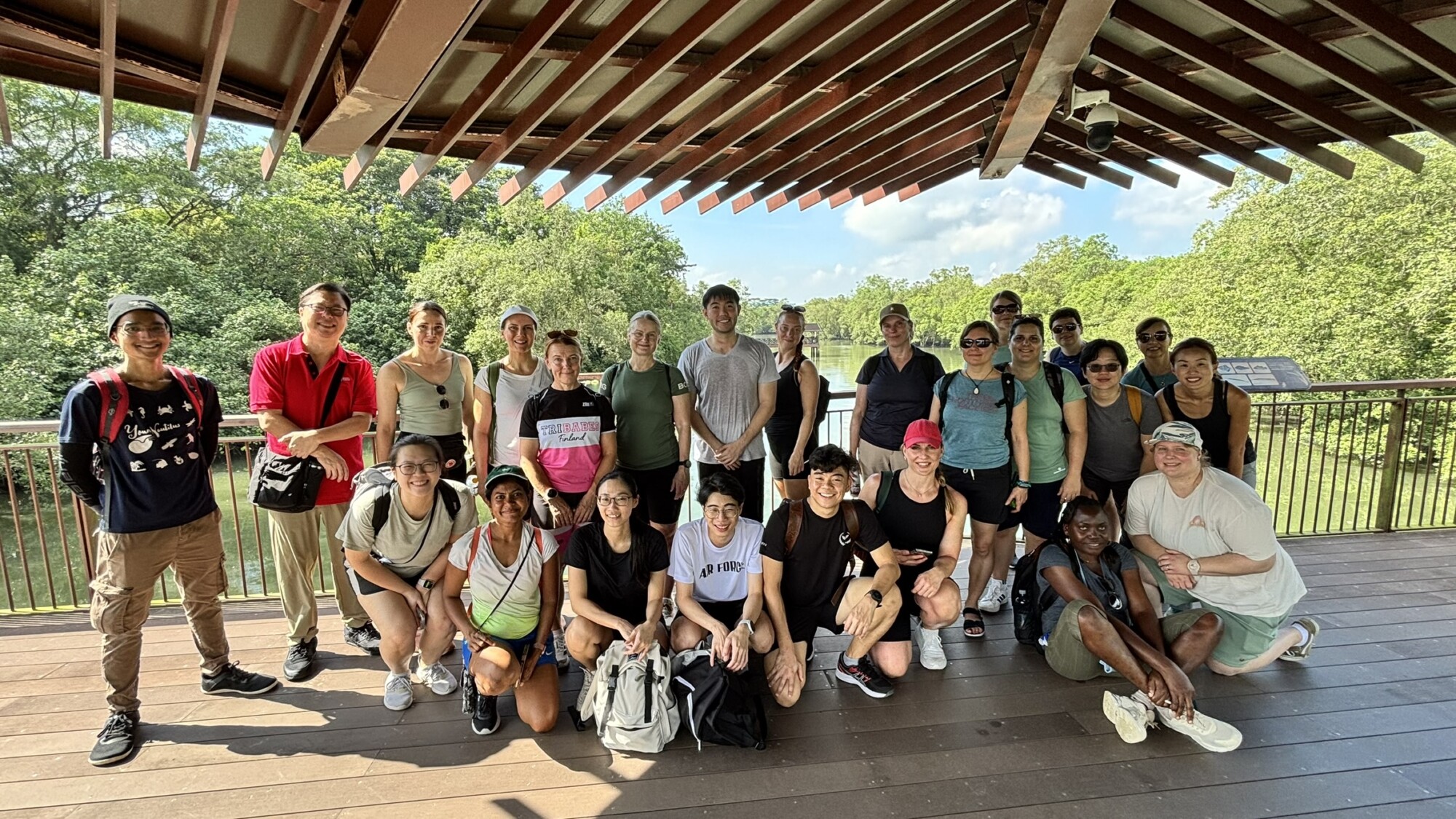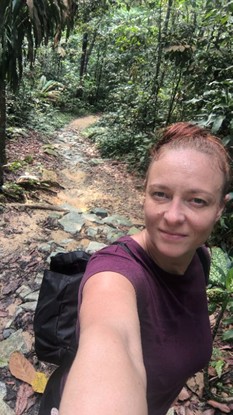
Savonia Article: Encounters and insights in Singapore
This work is licensed under CC BY-SA 4.0
Introduction
This article is part of a blog series related to the Global and Sustainable Health (GOSH) project, funded by the Finnish National Agency for Education (TFK). The project has involved collaboration between four universities of applied sciences: Turku UAS, JAMK, Singapore Institute of Technology: University of Applied Sciences, and Savonia UAS. Together, they have developed a 5-credit study module titled Global and Sustainable Health. The course explores its main themes from the perspective of rehabilitation. It included an intensive week, which in autumn 2025 was held in Singapore. The blog articles describe students’ learning experiences, perspectives, and reflections during the intensive week.
Experiences and thoughts
In October, we had the unique opportunity to participate as a student and teacher in a study trip to Singapore as part of the GOSH project. The week was full of encounters, learning and new perspectives, and Thursday’s visit to St Andrew’s Senior Care unit was particularly memorable for both of us.
From the student’s perspective
I stepped into a space that was designed for daytime activities for the elderly – bright, warm and full of life. The customers were involved in a wide range of activities, and the presence of the staff was strong and caring. Everyone found their own rehabilitation program, and the facilities had both exercise equipment and equipment that measured vital signs. There was a strong sense of community: if someone hesitated to participate, the staff could even pick them up from home – and if necessary, the doctor encouraged them to join. This said a lot about a culture where loneliness is not accepted, but is responded to with the power of the community. When I talked to the staff, it turned out that the unit did not have digital appointment booking systems or monitoring systems to maintain and monitor operations. I am a project planner in the wellbeing services county of North Ostrobothnia, where we are currently testing an ERP system application for daytime activities. The application directs customers to day activity units, monitors customer flow, books activity periods and compiles statistics on various matters that can be used to assess and plan day activity services in the elderly sector.
Nature was strongly present, green was visible everywhere – in the structures, windows and roofs of every building. A visit to Sungei Buloh National Park (Picture 1) and my own adventure on the trails of the Bukit Timah Summit offered a respite in the middle of the bustling city. Singapore was clean, safe and beautiful. The teaching facilities on SIT’s campus were modern and inspiring. Culturally, Singapore differed from Finland: detached houses are rare, and most people live in high-rise apartment buildings. Family communities are strong, and the elderly often live under the same roof for a long time. In Finland, this was common decades ago, but not anymore. The physical activity of children and young people is supported by rewarding performance and by offering exercise programmes to those who find exercise challenging. In addition, the rule culture is strong: vaping is prohibited under threat of a fine, smoking and snuff are rare, littering is low, and people’s behavior is respectful and friendly.

The trip brought new perspectives on supporting well-being. From Singapore, I would draw more nature experiences for Finland (because we have that a lot) and the strong role of rehabilitation in the work of supporting well-being and health. I would take health technology and digital solutions to Singapore to develop services; Digitalization could support professionals in decision-making, improve the customer experience, and enable proactive well-being monitoring—combining the best aspects of technology and human care.
From the teacher’s perspective
The trip enabled by the project offers students an excellent opportunity for internationalization as a short-term exchange. Implementing a one-week program in a new environment, such as at SIT University (Picture 2), is refreshing and makes international studies tangible. New learning experiences, exchanging ideas in an international group with other students, and studying together also bring meaningfulness to learning. At the same time, it allows for a better understanding of issues from a different perspective, even though in many respects Singapore and Finland face similar situations, such as population aging. From a teacher’s perspective, the week’s program went excellently. The students were active, worked very well in group assignments, and gained deeper insights into the theme of global and sustainable health.

Authors:
Saija Manninen, Rehabilitation Counsellor, Master’s Degree Student in Social Services; Wellbeing Coordinator specialization, Savonia University of Applied Sciences
Marja Äijö PT, PhD, Principal lecturer of Gerontology and Rehabilitation, Savonia University of Applied Sciences